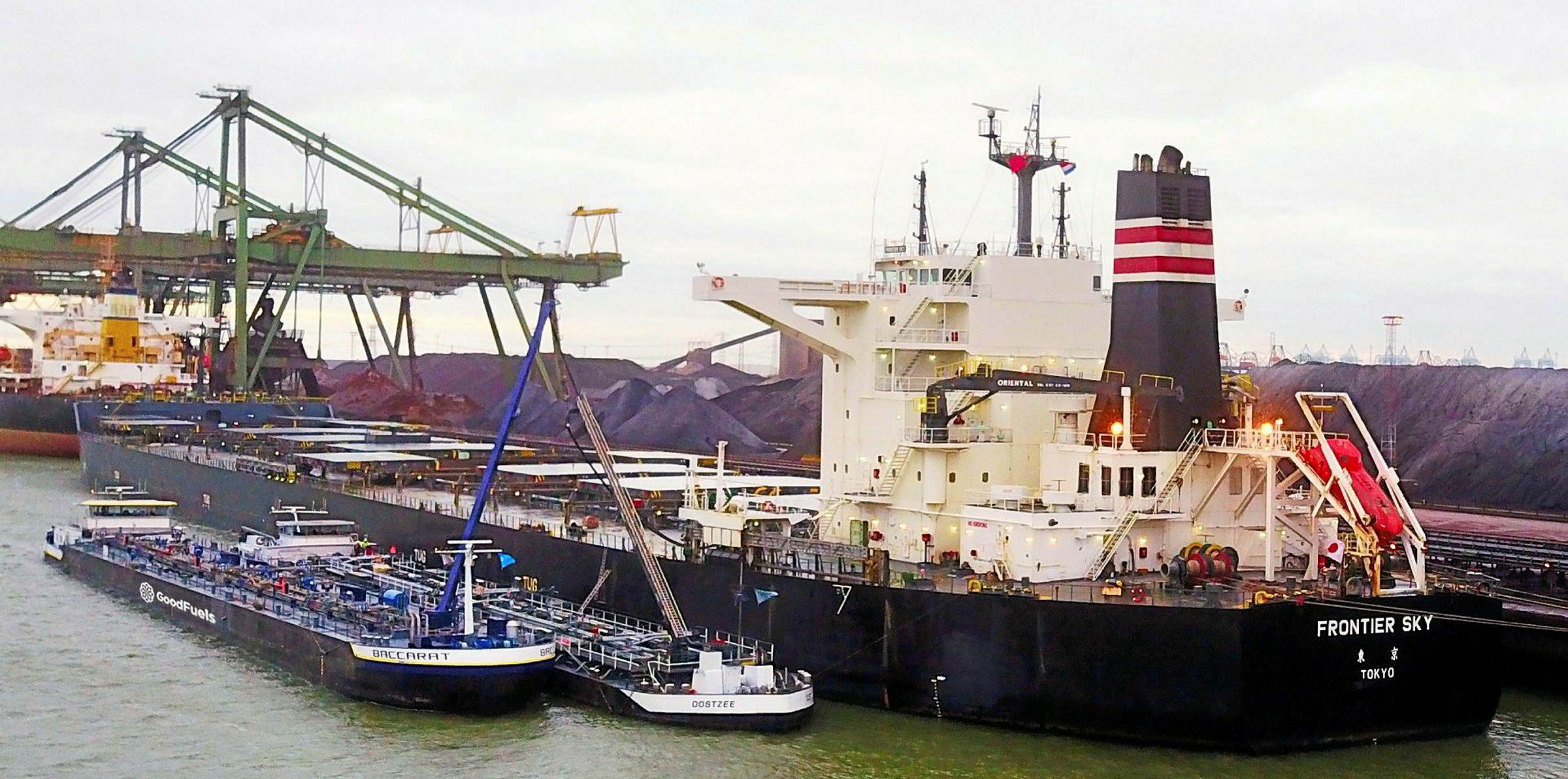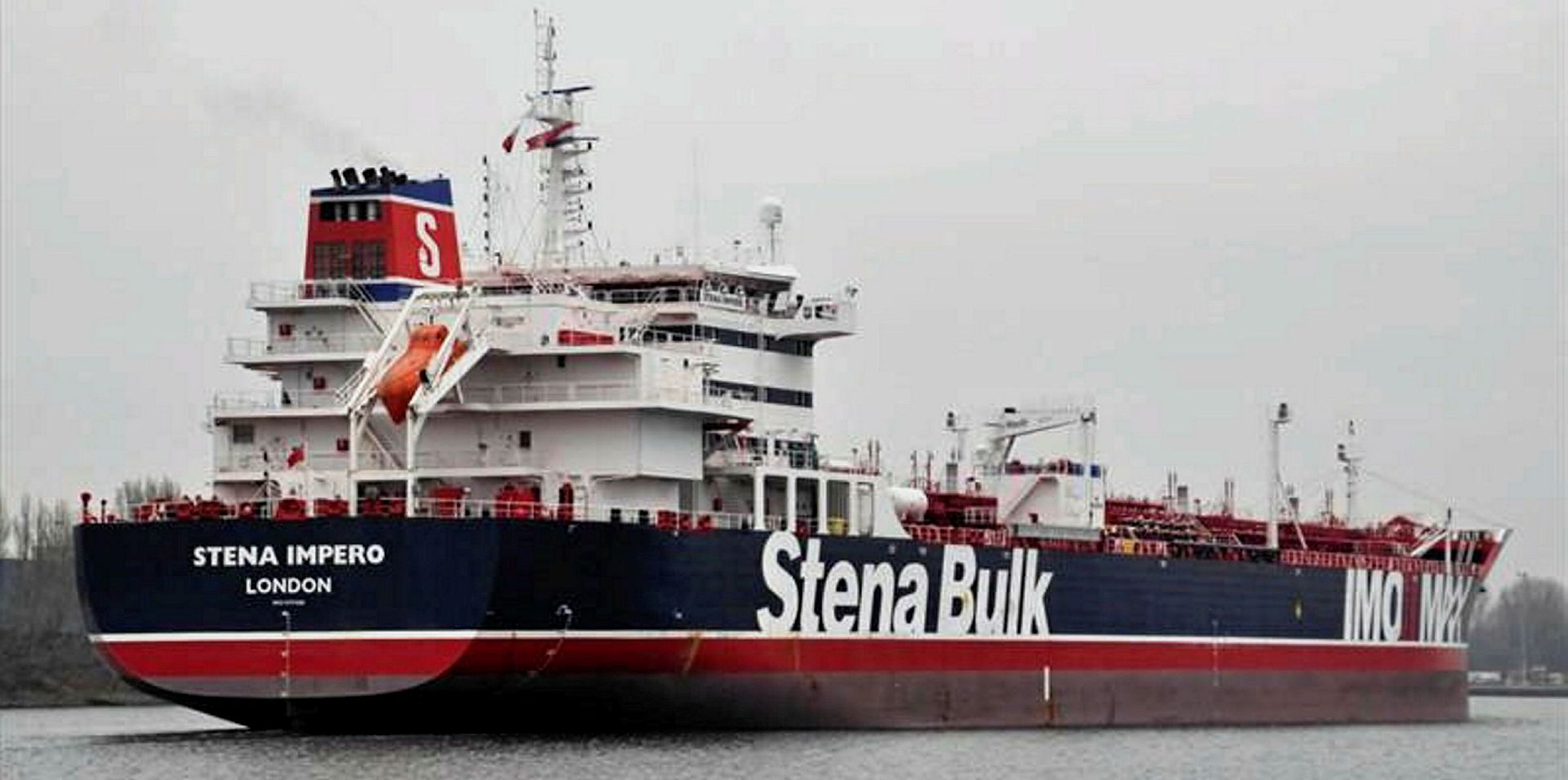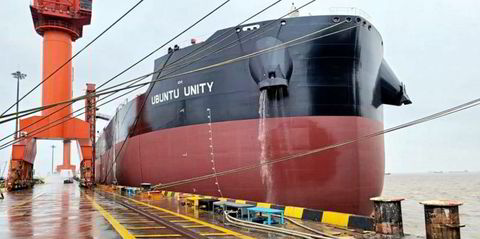BP and the International Energy Agency (IEA) have envisaged biofuel, hydrogen and ammonia will play important roles in the shipping industry’s decarbonisation efforts in the decades to come.
In their long-term energy studies unveiled over the past week, the two prominent organisations both suggested oil-based fuels would need to have a small share in the bunker market to combat climate change.
In BP’s Net Zero scenario, where global carbon emissions are assumed to fall by over 95% by 2050, the major expects global bunker demand to amount to seven exajoules by mid-century.
Of them, hydrogen and ammonia would account for three exajoules, biofuels for two exajoules, natural gas and oil each for one exajoule.
In comparison, the world’s bunkers demand reached 11 exajoules in 2018 — all of which were oil-based.
“Fuel mix in the shipping sector is able to diversify into hydrogen (either as ammonia or in liquid form) and LNG, as well as biofuels,” according to BP’s annual energy outlook.
Non-fossil fuels would account for 85% of marine transport bunkers consumption by 2050, with more than half of fuel mix from hydrogen and ammonia, the energy major said.
Targeting net-zero emissions
In its Energy Technology Perspectives 2020 report, the IEA also believes low-carbon fuels need to replace oil-based ones for a global net-zero CO2 emissions target to be met by around 2070.
The Paris-based energy watchdog predicts biofuels, ammonia and hydrogen would meet more than 80% of global marine fuel demand 50 years from now in this Sustainable Development Scenario.
“Biofuels and energy efficiency are the main contributors to international shipping emission reductions … in the short term, while hydrogen and ammonia contribute more in the long term,” the IEA said.
Biofuel consumption as marine fuel would jump from negligible levels today to more than 25m tonnes of oil equivalent in 2040 before a further hike to almost 50m tonnes in 2060, equivalent to more than one-fifth of total bunker demand, according to the IEA.
“Biofuels are the most promising fuel option for shipping in the short to medium term because they can be blended at gradually higher shares as a drop-in fuel into heavy fuel oil or diesel, which avoids the need for new vessels and fuel systems,” the report said.
Also, the IEA expects ammonia use for shipping to reach 130m tonnes and hydrogen to 12m tonnes in 2070.
“The role of hydrogen as a fuel for large vessels is more limited, due to the high costs of hydrogen storage and its lower energy density,” the IEA said.
Big investments
It estimates the shipping industry needs an additional $6trn investment up to 2070 for a shift to low-carbon fuels and energy efficiency measures.
This will help reduce shipping emissions by 70% by 2070 from today’s levels.
Despite a drop during the coronavirus pandemic, CO2 emissions from shipping will rise again and peak at 710m tonnes in early 2020s, the IEA predicts. This would be about the same level as last year.
The IEA envisages that CO2 emissions would fall to 120m tonnes in 2070, a trajectory broadly in line with the International Maritime Organization’s target to halve emissions by mid-century.
“Maritime shipping does not reach zero emissions until after 2070 reflecting the difficulty and high cost of abating emissions,” the IEA said.








